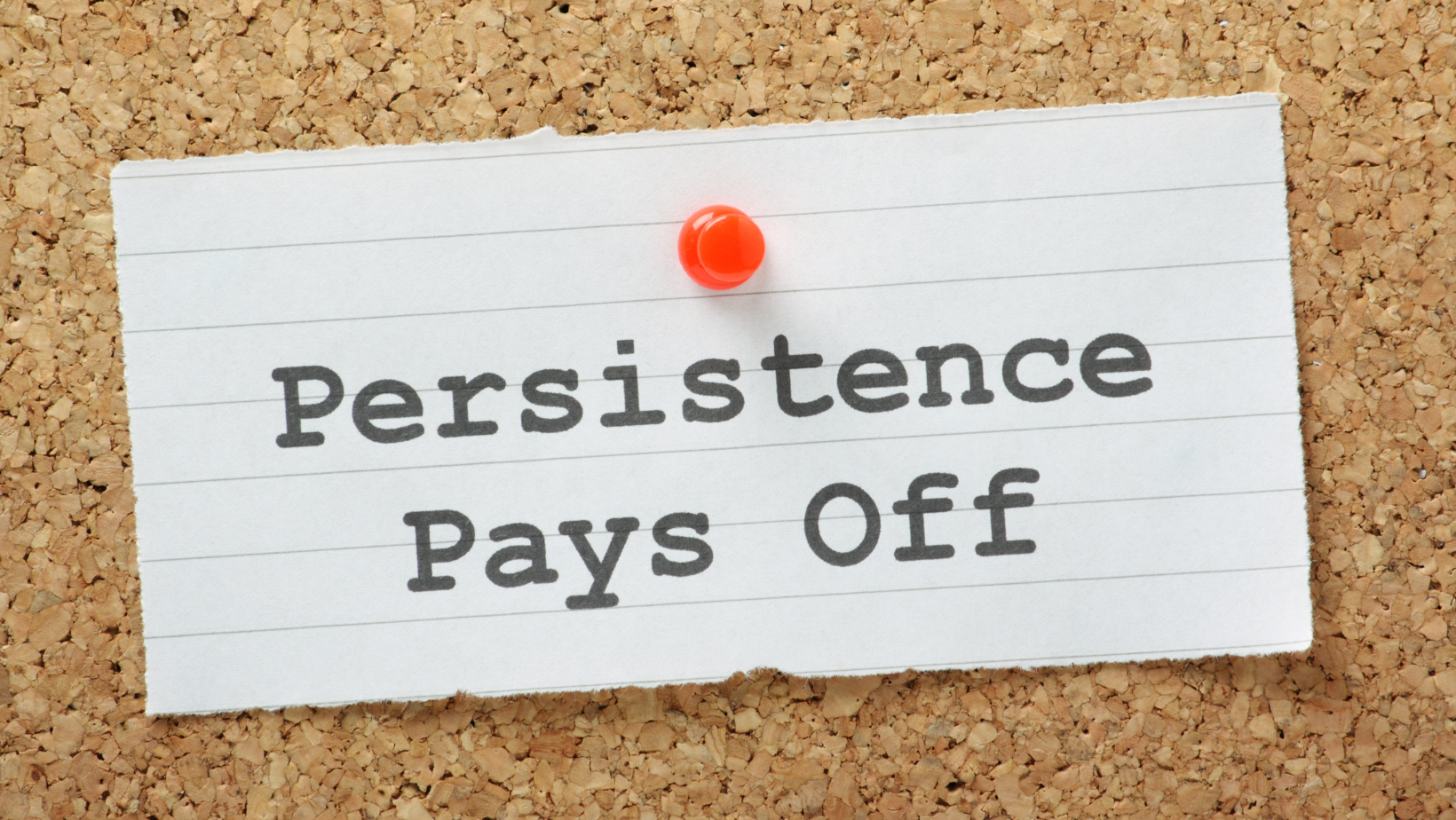Selling Skills – Closing
When you close, the first step is to summarize those benefits the customer accepted during the call. In other words, you will summarize ONLY those benefits that the customer agreed were important.
Summarizing accepted benefits can be of great value because it considers the listening ability of your customer. Most people are not effective listeners. By summarizing, you help the customer remember what they agreed was important. Summarizing the accepted benefits also increases the probability that the customer will agree to the action plan you suggest because the benefits supply reasons to the customer for making a commitment.
Deciding on an action plan during a close depends upon where you are in the sales cycle with the customer or account, whether the customer is qualified to make the commitment we want, and how realistic the commitment is with respect to what has happened on the call.
 When to Close
When to Close
You close when the customer gives you a buying signal. Buying signals can be subtle or overt.
A gesture, facial expression, phrase or question can be cues that your customer is ready to be closed.
| Buying Signal | Not a Buying Signal |
| Nodding head. | Shaking head. |
| Facial Expression showing interest. | Facial Expression showing doubt. |
| “I must say, you’ve convinced me.” | “It sounds OK, but it’s kind of expensive.” |
| “Sounds good.” | “I’m just not ready to make a decision yet.” |
| “How soon can we get started?” | “Call me next week. I need some time to think about your proposal.” |
How to Close
When you close, you summarize the benefits the customer accepted, and formulate an action plan requiring customer commitment.
Phrases that you can use to begin a benefit summary include:
- “Let’s review what we’ve agreed upon…”
- “We’ve agreed that…”
- “Let’s summarize…”
- “Let’s go over what we’ve talked about so far…”
- “We’ve already talked about…”
- “You’ve agreed…”
The second step of a close is to formulate an action plan requiring customer commitment. Common actions you can ask the customer to commit to or take include:
- Signing an agreement
- Introducing you to the decision maker
- Providing you with a stubborn leak work request as a test
- Agreeing to a next meeting
- Agreeing to an analysis
- Providing a list of facilities for further review/development of a Preventive Maintenance Proposal
- Scheduling an inspection
When you close, you should assume the attitude that agreement has been reached. Your language throughout a close should reflect this attitude, and nothing you say should express doubt hesitation, or uncertainty.

Example Preventive Maintenance:
Customer: “It sounds interesting.”
Salesperson: “We’ve agreed that our preventive maintenance program provides comprehensive reports, and data is available for downloading. I’ll put together an agreement for your portfolio and a schedule for inspections. I can have it ready by next Wednesday, or would Tuesday be better?”
Example Skylight:
Customer: “This sounds good.”
Salesperson: “We’ve agreed that we will install skylights safely and within your timeline. The skylights maximize daylight and are glare-free. Our distributor can ship these this week. We can be on-site next Wednesday to install. Please note [sign] here that you agree to the timeframe, and we will get this scheduled today.”



 When to Close
When to Close


